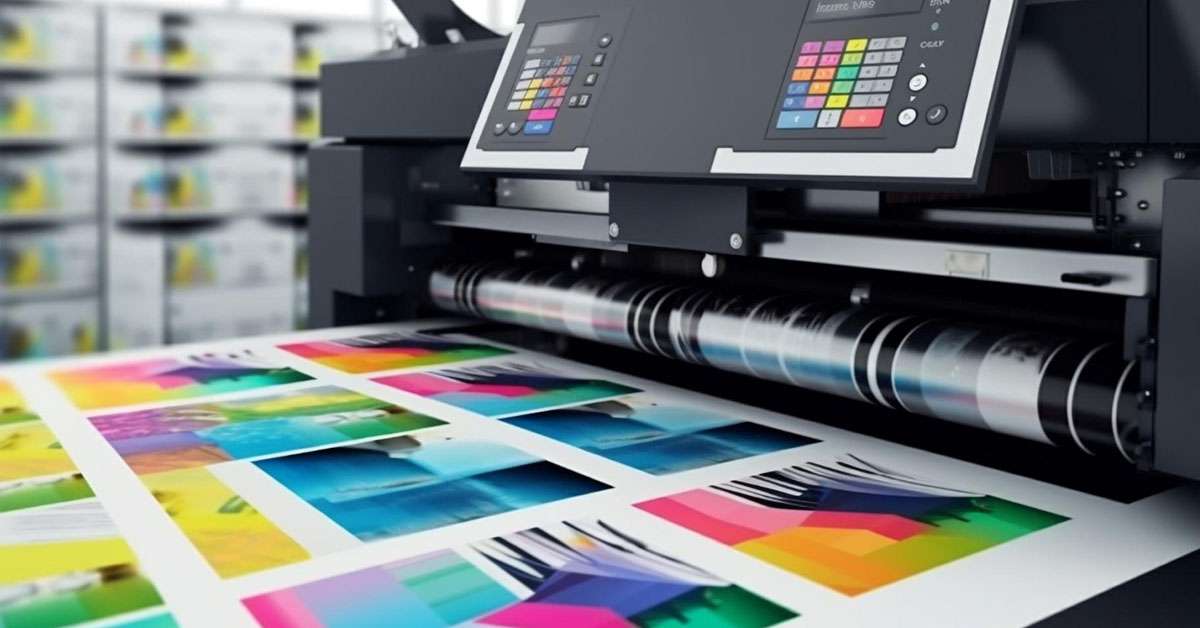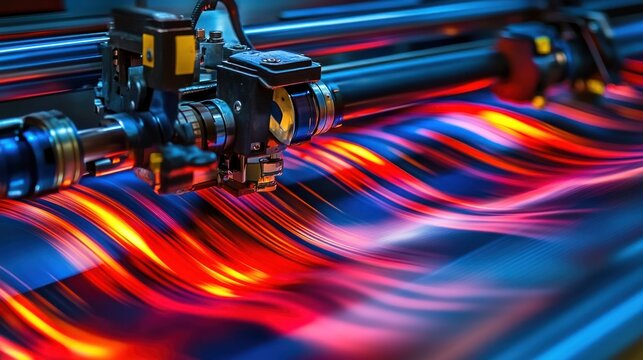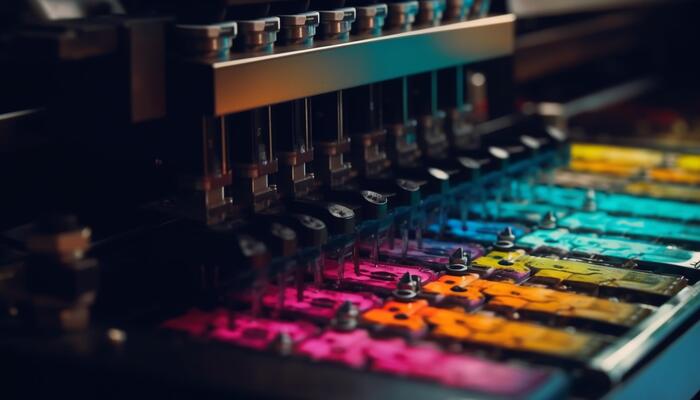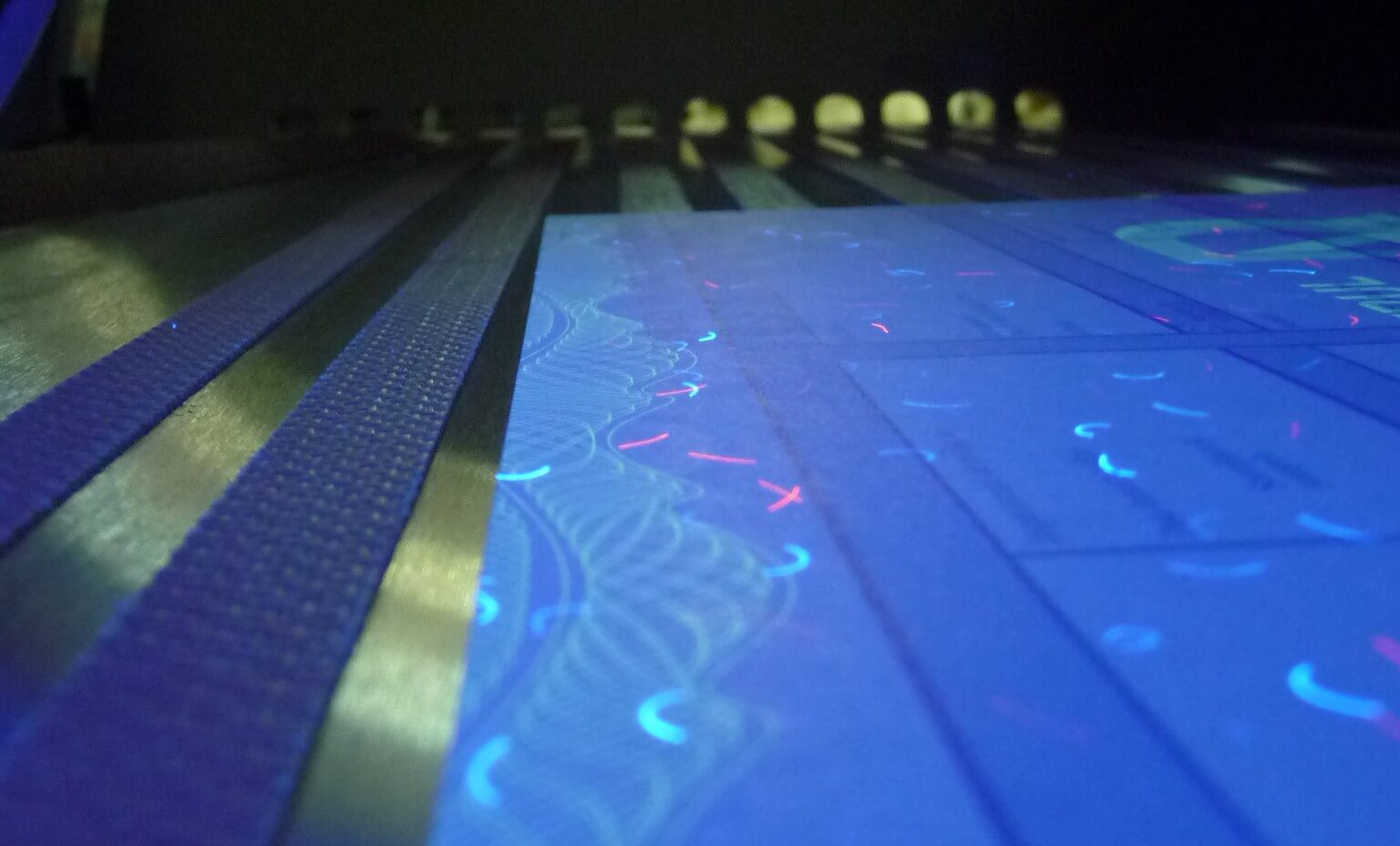In the world of printing, achieving the perfect print involves understanding various offset printing ink drying techniques. This is crucial for ensuring high-quality outcomes in any printed material. The drying process in offset printing can impact the final appearance, durability, and overall quality of the print. Therefore, knowing how to effectively manage this process is essential for business professionals who rely on printing for their operations.

Understanding Offset Printing
Offset printing is a popular method used for producing consistent and high-quality prints. The process involves transferring an inked image from a plate to a rubber blanket and then onto the printing surface. This technique is widely used due to its ability to produce sharp and clean images with fine details.
What is Ink Drying in Offset Printing?
Ink drying in offset printing refers to the process through which ink solvents evaporate and the ink film hardens. This is a critical step as it affects the print quality, preventing smudging and ensuring that the printed material is ready for handling or further processing.
Types of Ink Drying Techniques
1. Oxidative Drying
Oxidative drying involves the reaction of ink with oxygen in the air to form a dry, solid film. This method is commonly used for drying offset inks, especially on non-porous surfaces. The drying time can vary based on environmental conditions.
2. Absorption
Absorption is a technique where the ink is absorbed into the paper. This method is faster on porous surfaces as the paper quickly absorbs the ink solvents, leaving the pigment on the surface.
3. Evaporation
Evaporation is the process where volatile components in the ink evaporate, leaving a dry film. This technique is faster but requires careful control of environmental conditions like temperature and humidity.
Factors Affecting Ink Drying
1. Paper Type
The type of paper used can significantly impact the drying time and quality of the print. Porous papers allow for quicker absorption, while coated papers may require longer drying times.
2. Ink Composition
The composition of the ink, including its solvents and binders, plays a crucial role in the drying process. Different inks are formulated for specific drying techniques and surfaces.
3. Environmental Conditions
Temperature, humidity, and airflow in the printing environment can influence the drying time and quality of the print. Optimizing these conditions is key to achieving desired results.
Optimizing Drying Techniques
1. Controlling Humidity and Temperature
Maintaining optimal humidity and temperature levels in the printing area can enhance the drying process. Humidity control is particularly important for preventing ink smudging.
2. Using Drying Assistants
Drying assistants such as infrared dryers and hot air blowers can speed up the drying process, especially in high-volume printing operations.
Benefits of Proper Ink Drying
Proper ink drying ensures high-quality prints, improved durability, and reduced chances of smudging. It also enhances the overall efficiency of the printing process, leading to better productivity and reduced waste.
Conclusion
Understanding and implementing the right offset printing ink drying techniques is essential for producing superior quality prints. By considering factors such as paper type, ink composition, and environmental conditions, business professionals can optimize their printing processes for the best results. For more insights into offset printing, visit our detailed guides on our website.

FAQs
What is the most common drying technique in offset printing?
The most common drying technique in offset printing is oxidative drying, where the ink reacts with oxygen to form a dry film.
How can I speed up the ink drying process?
You can speed up the ink drying process by optimizing environmental conditions such as temperature and humidity and using drying assistants like infrared dryers.
What impact does paper type have on ink drying?
Paper type affects the ink drying time and quality. Porous papers allow for faster absorption, while coated papers may require longer drying times.
For more detailed comparisons between offset and digital printing, you can explore further resources online.
This article contains affiliate links. We may earn a commission at no extra cost to you.







